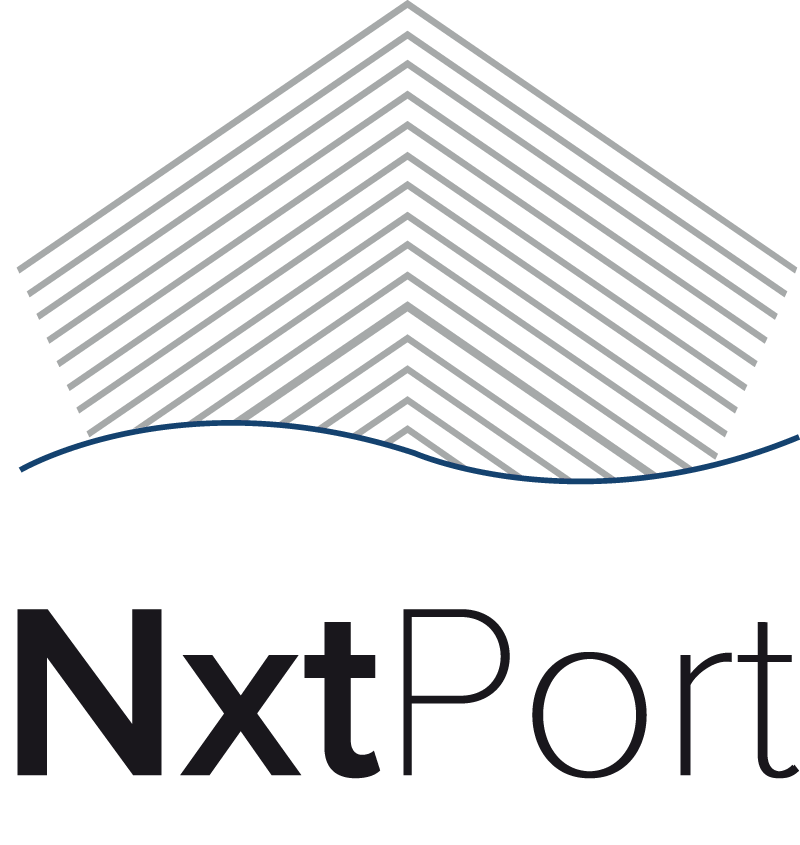Non-licensed User Integration
Register as non-licensed user
Use cases:
When a non-licensed user wants to register a new account
When a non-licensed user logins with an email that have not been registered -> he will be required to register
They will need to make an API call:
POST {eecdAPI}/non-license-user/register
{
“email”: “user@email.com”,
“firstName”: ”First Name”,
“lastName”: ”Last Name”,
“organisationName”: ”Organisation Name”,
“cleaningId”: “some-guid-here”
}
Response status code :
201: If email address was not yet used as a non-registered user, non-license user account will be created. System will send email to the user, the email contains an encoded URL to the front end that will perform the account activation. After activation, user will receive an UserToken and use it to identify.
400 with error messages: If the request body is not valid
409: An account with provided email has already existed
Activate account as non-licensed user
Use cases
When non-licensed users receive an email for account confirmation / (re)activation containing a link to UI -> Client should automatically call this API to activate the account
POST {eecdapi}/non-license-user/activate
Input
{
“ConfirmationToken”: “Confirmation token from the link”
}
Response
{
“UserToken”: “The user token which is used to identify the user”
}
Other response status:
400: No confirmation token
403: Token could not be decrypted
409: Token is expired
404: User email not found
Sign in as non-licensed user
Use cases
When a non-licensed user wants to sign in
POST {eecdapi}/non-license-user/sign-in
Input
{
“Email”: “john.doe@test.com”
“CleaningId”: “The Id of eECD that will be automatically opened after signing in”
}
Request body validation:
Email is required and must be in the right format.
CleaningId is optional, use when user want to go to accept/reject load after sign-in
Response
{
“UserToken”: “The user token which is used to identify the user”
}
Other response status:
404: account not found, requires registering
403: account is not confirmed/activated or needs to re-activate -> Prompt user to check the mailbox. System will send email to the user; the email contains an HTML-encoded URL to the front end that will perform the account activation
400: Request body is not valid
201: OK, a user token will be sent in response body. Add token to later request’s header to identify the user: X-NALLIAN-TOKEN: <token>
Request eECD per email as non-licensed user
A non-licensed user can request for the eECD to be sent to their email by invoking this API
GET {eecdAPI}/non-license-user/cleanings/{cleaningActionId}/email
The request also needs to contain a header parameter “X-NALLIAN- TOKEN” which is the result from the sign-in call for an non-registered user.
An email will be sent to the registered email of the non-licensed user.
Accept and complete load as non-licensed user
When a non-licensed user accepts and completes load, they will then need to input the product name and comments. The API to confirm:
PUT {eecdAPI}/non-license-user/loads/{cleaningActionId}/complete
Input
{
“ProductName”: “Name of Product”,
“Comment”: ”User comment”
}The request also needs to contain a header parameter “X-NALLIAN- TOKEN” which is the result from the sign-in call for an non-registered user. This will be used to identify the non-license user. The cleaning action Id will also be sent via the url so that it can be used to retrieve the booklet that will be used.
Reject load as non-licensed user
When a non-licensed user rejects an eECD, they will then need to input the reject reason. The API call to process the rejection:
PUT {eecdAPI}/non-license-user/loads/{cleaningActionId}/reject
Input
{
“Comment”: “Reason of rejection”
}The request also needs to contain a header parameter “X-NALLIAN- TOKEN” which is the result from the sign-in call for an non-registered user. This will be used to identify the non-license user. The cleaning action Id will also be sent via the url so that it can be used to retrieve the booklet that will be used.
